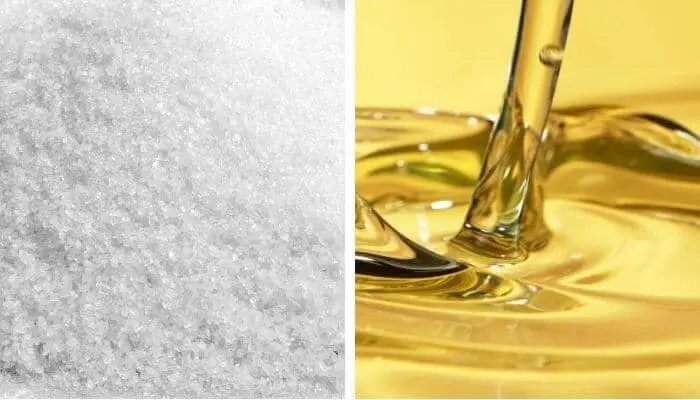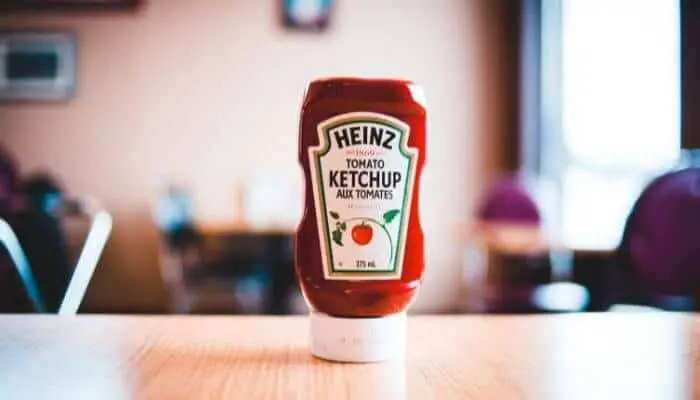Living in today’s high-tech age, you have to keep up with a dizzying amount of all kinds of terms and expressions. That’s just if you think about your day-to-day gadgets and appliances you use.
So, in this post, we’re going to help you make sense of a couple of these terms: hydrophobic vs hydrophilic.

These are probably two words you don’t hear very often. Nevertheless, they play a significant role in many industries and technologies. A large amount of these roles make up a noticeable part of your everyday life.
Hydrophobic vs Hydrophilic: The Meaning
We’ll start by breaking down the origin and meaning of each word.
Hydrophobic
The term hydrophobic comes from two Greek words: hydro and phobic. The word hydro means water, while the word phobic is hate. You might find it interesting to know that the word phobic originates from the word phobia, which, of course, means fear.
Hydrophobic is any substance or surface that resists water. They act the same way as similar magnet poles by repelling each other.
Hydrophilic
The word hydrophilic is also Greek, meaning water-loving. Hydrophilic is any substance that’s attracted to water. These types of materials easily mix and interact with one another.
Hydrophobic vs Hydrophilic: A Few Examples
Let’s say you drop water on a surface. Depending on the surface, the water drops will either spread out evenly or form droplets.
Hydrophilic
Hydrophilic surfaces cause the water to spread. Some of these include metals, such as aluminum foil and stainless steel.
Here are a few other hydrophilic substances:
- Glass
- Salt
- Sugar
- Cellulose
- Starch
Hydrophobic
On the other hand, hydrophobic surfaces repel water. As a result, the water forms beads. An example of water-repellent coatings includes any type of greasy substance.
Check out some of the most common examples of hydrophobic substances:
- Fats
- Oils
- Alkanes
- Powdered makeup
Hydrophobic vs Hydrophilic: The Geometry
Figuring out whether certain materials or surfaces are either hydrophobic or hydrophilic is easy. All you have to do is measure the contact angle between the water drop and the solid surface.
If the contact angle is bigger than 90 degrees, then the surface is hydrophobic. In other words, the larger the contact angle, the larger the size of the water beads. This means the surface is water-repellant, or hydrophobic.
The opposite is also true; the smaller the contact angle, the smaller the size of the water beads will be. In this case, the surface attracts water molecules, or hydrophilic.
Hydrophobic vs Hydrophilic: The Molecules
Besides describing surfaces, they’re also used to describe different types of molecules. Here’s a quick peek at what makes up hydrophobic and hydrophilic molecules.
Hydrophobic
Hydrophobic molecules are what’s known as nonpolar. This just means they’re not particularly fond of water.
Take oil and water, for example. What happens when you mix the two? Each liquid forms a separate, distinct layer.
This is because oil is made up of nonpolar molecules. So, they stabilize each other through a chemical process known as the van der Waals force.
Water molecules do the same thing. but through a process known as hydrogen bonding.
Each type of molecule sticks to its kind without any chance of merging with the other. This is why the two liquids remain unyielding in their separation.
Hydrophilic
Hydrophilic molecules are often referred to as ‘water-loving.’ They dissolve in polar solvents, which consist of both positive and negative charges.
Water is made up of polar molecules because there’s an uneven distribution of electrons. Within a water molecule, there are two hydrogen atoms and one oxygen atom.
The hydrogen atoms are positively charged and the oxygen atoms are negatively charged.
Much like opposite poles of a magnet, they attract each other and form strong bonds.
Fun fact: soap is one of the few substances that are both hydrophobic and hydrophilic.
Soap molecules consist of a hydrophobic tail and a hydrophilic head.
This is why it can dissolve in both water and oil.
Experts call them amphiphilic molecules.
Hydrophobic vs Hydrophilic: The Applications
Humans have long been aware of all the ways water interacts with various materials. Yet, it’s only recently that we’ve gained better insight into the reasons why this happens.
As a result, we’ve gained more control over them. We’re now able to utilize them in a wide range of industries and applications.
Engineers and chemists are now relying on the important influence these materials have. Each type of chemical property can be applied in multiple industries and technologies.
Take a look at just a few of these examples:
Hydrophobic
- Hydrophobic power plant condensers are better at utilizing efficient amounts of fuel
- Hydrophobic coating on car windshields that allow raindrops to roll off the glass
- Hydrophobic lining on ketchup bottles so the condiment can glide out quickly
- Hydrophobic layers have a self-cleaning effect on heat pipes, paints, metals, etc.
- Hydrophobic coatings protect electronics from dust and moisture

Hydrophilic
- Hydrophilic membranes in gas filtration processes prevent contamination or glitches
- Hydrophilic filters in intravenous (IV) solutions remove bacteria and promote IV use
- Hydrophilic coating on glass surfaces to prevent fog build-up
- Hydrophilic coating of heat pipe wicks reduces thermal resistance and saves energy

A Final Note
It’s quite fascinating how many aspects of our lives depend on the way molecules interact with one another, isn’t it?
By learning about the patterns of these molecules, we can take advantage of their behavior. In return, they can help make our lives more streamlined, productive, and energy-efficient.
We hope our hydrophobic vs hydrophilic comparison helped show you the world in a new light!

